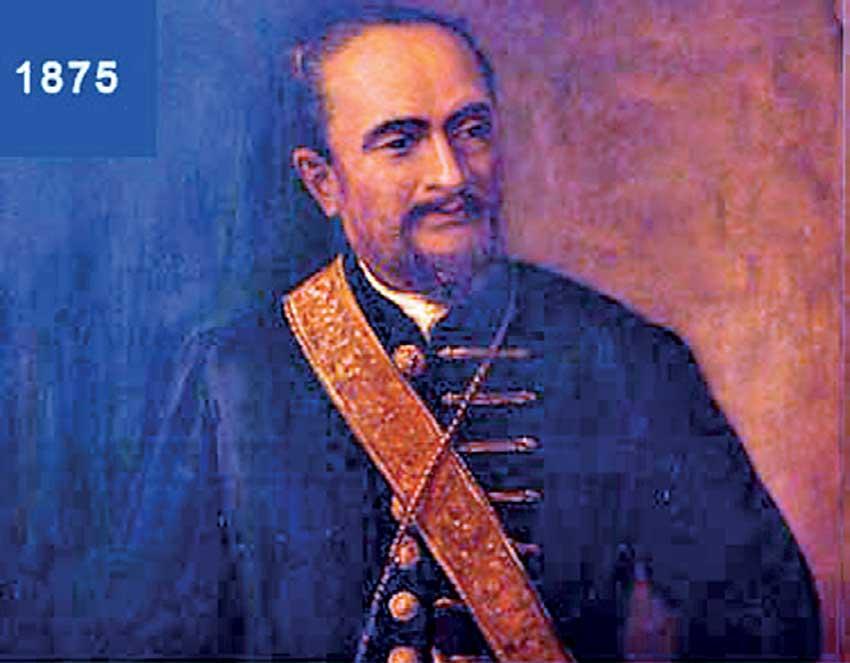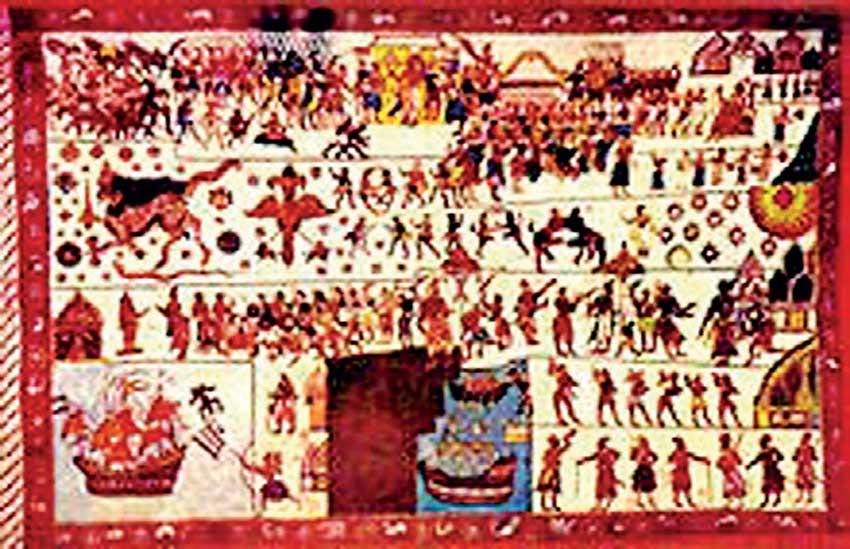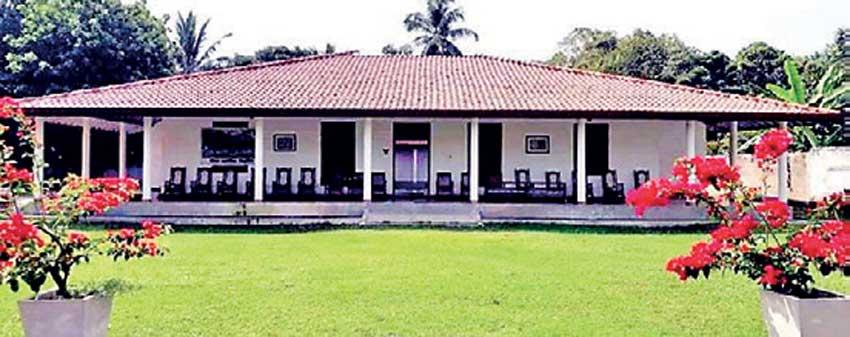Reply To:
Name - Reply Comment

(Picture sourced from the website of the Faculty of Medicine, University of Colombo)
In or about 1071 A.D. six noble Brahmins from present-day Kerala, India, were escorted to Sri Lanka and landed near Beruwala. This arrival was arranged on the orders of King Vijayabahu 1 (ruled 1055-1110) who wished to have a coronation that fits his achievement of uniting the whole Island under one king after seventeen years of war against invading Cholas from South India. There is a plethora of evidence for this historical arrival and many significant events that occurred since, albeit different versions of dates etc. are found in many books and scholarly publications. It is noteworthy that most of these articles elaborate facts based on the caste of the writer either embellishing or degrading the background and the influence these immigrants had on the Island!
However, the influential trader and the chief of the Merchant Navy that serviced the Kings of Sri Lanka at the time, Periya Mudali Marikkar of Beruwala was in charge of arranging the passage of these Brahmin Priests from Saliya Pattanam, possibly present-day Kochi in Kerala. Since there were no qualified priests in Sri Lanka who could do the coronation in true Indian fashion, the King was very pleased and rewarded Periya Marikkar handsomely. The details of the rewards were inscribed on a gold leaf as it was the tradition at the time. This gold leaf was reportedly taken to Britain and its current location remains a mystery.

Family flag of the Shaligrama Brahmins of Sri Lanka
(This flag depicting their arrival story is one of the oldest family flags in Sri Lanka)
Soon after arrival, the six Brahmins were brought to the dryland on the backs of the locals (presumably to preserve the ‘Brahmin purity’), given authority to ride on elephants and horses, and provided with all other necessities including virgins as consorts. All these details can be found in their family flag. Their original settlement was in today’s Balapitiya and the exact area is known as Brahmana Watta (Estate of the Brahmins) even today.
The well-known now demolished Maha Kappina Walawwa, which was a main backdrop of Sinhala movies such as “Gamperaliya” became the epicentre of the newly arrived clan. Mudaliyar Samson Rajapakse was a direct descendant of the Kappina Clan.
The above portrait of Mudaliyar Samson Rajapakse in full official dress was printed in a book written by the British Author John Ferguson in 1887. The author records with great admiration the philanthropic endeavours undertaken by Mudaliyar and denotes the benevolence of Mudaliyar as an example for all wealthy natives.
Samson Rajapakse, born on December 30, 1988, was the only son of Maha Mudaliyar Adrian Rajapakse who was one of the richest and most benevolent Sinhala aristocrats of the day. The name ‘Samson’ was given to the son in memory of a senior British military officer who was a close associate of Adrian Rajapakse.
Young Samson was educated at Royal College in Colombo 7, then known as the Colombo Academy, where he excelled in English Language studies among others. Later, he returned to Balapitiya (Welithota) and studied Buddhism under several prominent Monks.

The front elevation of Maha Kappina Walawwa after renovations was done to convert to Dutch
architecture consisting of open verandas on three sides. The original house was dated back to the Anuradhapura period
The implementation of Colebrooke-Cameron reforms between 1832-1835 made notable changes in the plantation activities in the Island. All government-owned cinnamon and coconut plantations were sold out. The majority of the cinnamon and coconut plantations including the whole Cinnamon Gardens in Colombo were brought by Maha Mudaliyar Adrian de Silva Rajapakse in 1824. His son Samson, then the Mudaliyar of Governors Gate, managed the cinnamon and coconut plantations. Subsequently, his son Tudor Rajapakse born at Welitara in 1868, managed these plantations and improved them by acquiring lands around these plantations. During the first decade of the twentieth century, the Rajapakse family had extensive coconut and cinnamon plantations. The coconut plantations in and around Negombo included a total area encompassing Katunayake International Airport, adjacent Sri Lanka Air Force lands and contemporary Negombo tourist hotel zone lands.
Here, I list some of the most impactful contributions Samson Rajapakse had made along with some projects he completed due to the untimely death of his father, Maha Mudaliyar Adrian Rajapakse as well as the ones completed by Mudaliyar Tudor Nathaniel Rajapakse (the only son of Samson) due to the untimely death of his father, Samson at the age of 57 years.
Establishment, including the donation of land to and overseeing the functioning of;
Further, he funded and arranged the construction of the iconic (1883) Galle Clock Tower in memory of his personal physician Dr. Peter Daniel Anthonisz who had passed away prematurely. Unfortunately, the clock doesn’t tell the time anymore and the plaque denoting Mudaliyar’s contribution to this one of the most famous landmarks of Sri Lanka has eroded beyond recognition.
It is ironic that despite enormously impactful contributions by Samson Rajapakse, there is not even a road name in Colombo Cinnamon Gardens which he wholly owned. It is vaguely mentioned in literature that Rs. 10,000 raised by his colleagues for building a statue of Samson Rajapakse in Kurunduwatta, Colombo lay idle in a dormant bank account somewhere!
(It is important to mention here that the author is unaware of any direct relations between the Rajapakse clan of Balapitiya Kappina Mudalis and Negombo aristocratic Rajapakse clan of Magdalene Wasala Walawwa with another well-known Rajapakse family of today).
Written on the occasion of the 135th year death anniversary of Mudaliyar Samson Rajapakse by Nimal Rajapakse, Edmonton, Alberta, Canada
([email protected]).